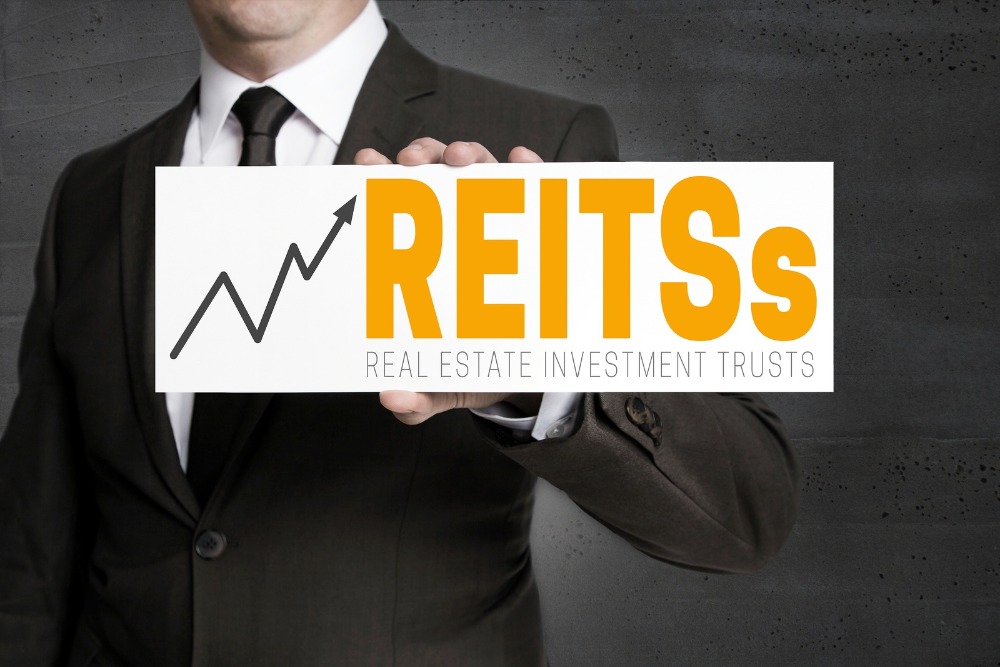The article “REIT Investing: The Risks of Chasing Returns” was originally published on MoneySense on October 24, 2017.
This reader is happy with his real estate returns but not with his other equities. Should he transfer to REITs? Not so fast.
Q: My wife and I are both retired. She is 70 and I am 76. Our residential house is paid off and so is our rental condominium which gives us a net income of about $5,000. We have cash investments of about $650,000 at a financial institution which has not done well the past year, giving a return of below 1% for the year, but has somewhat improved.
My RRIF of about $300,000 has done well in a private REIT. The returns are very good. My wife has her RRSP there as well and we plan on converting that to RRIF next year and stay with the same REIT. We recently transferred our TFSA there. In total we have about $850,000 in Private REITs. They return on average 8% not including the rise in unit value of the shares.
Is this worrisome? What should I do differently?
—K
A: Thanks for your question, K. I have a few thoughts I’ll share.
First, I want to point out a fundamental investment error I see people make with their Registered Retirement Income Funds (RRIFs). The minimum withdrawals at your age 76 is 5.98%. I find some RRIF-age investors who desperately seek yield to avoid drawing down on their capital. I don’t think it’s necessary.
If you’re forced to take a RRIF withdrawal that exceeds your return for the year, you may very well just be shifting money from your RRIF to your non-registered accounts, assuming you’re not spending the whole withdrawal. And even if you are spending the whole thing, let’s face it, you won’t live forever and you can’t take it with you.
Another common investment error I encounter is using too short a timeframe to evaluate investment performance. Looking at the returns for your financial institution investment account over the past year is a poor measure of their skill.
You should consider what you’re invested in, K. If you were invested conservatively in Canadian bonds, you may have lost money over the past year on that portion of your investments. The Canadian bond market has fallen about 3% over the past 12 months, because as Canadian interest rates rise, existing Canadian bonds go down in value.
Or if you’re looking at your 2016 returns, the MSCI Europe, Australasia, Far East (EAFE) index lost 4.6%, but it has beat the Toronto Stock Exchange (TSX) this year by 8%. Different markets take turns over and under-performing.
Relative performance is more important to consider for your investments, K., than absolute performance. How did your investments perform relative to a benchmark? If you were in bonds and EAFE stocks, your 1% return may have been expected.
When it comes to asset allocation, it’s also important to remember that you can’t build a portfolio where everything goes up all the time. It’s important to have complementary investments that won’t all go down at the same time.
And while we’re talking asset allocation, K., let’s talk about real estate. You currently have $850,000 of your $1,500,000 investment portfolio in real estate – that’s 57%. On top of that, you own a home and a rental property with undisclosed values. Let’s say they’re worth $1,000,000 combined, which could be a lowball estimate depending where you live. That means 74% of your net worth is in real estate. And you want to add more real estate?
I respect the fact that real estate has had a good run as of late, but conventional wisdom would suggest that you buy low and sell high. Arguably, we’re at a time when all assets are priced quite high given low interest rates, but I’d say buying real estate when it represents most of your portfolio already would be imprudent.
For perspective, the Canada Pension Plan (CPP) had $317 billion in assets as of March 31, 2017, meant to fund retirement pensions for people like you and your wife, K. They had an exposure of 13% to real estate. 55% was in equities (public and private), 22% in fixed income, with the balance beyond the 13% real estate allocation in other real assets like infrastructure, land and resources.
I think you would be well advised to reconsider moving more money into a private real estate investment trust (REIT), K. I might consider the opposite – taking money out. I think you have too much real estate exposure as it is, let alone to a single private REIT. Private REITs are not all created equal, either. Do they own 15 apartment buildings in the same general area in Canada where you live? How much leverage (debt) do they use? What kind of liquidity exists if you need to or want to sell?
Above all else, K., you need to consider how you’re earning an 8% distribution plus capital appreciation. Your private REIT is not a Government of Canada bond (a 5-year pays 1.7% right now, for comparison). There is risk involved when you invest in anything, but putting all your eggs in the same basket at a time when Canadian real estate is unquestionably at a high point is risky. I would say the same whether you were investing in gold bullion or Tesla stock or Japanese equities.
Jason Heath is a fee-only, advice-only Certified Financial Planner (CFP) at Objective Financial Partners Inc. in Toronto, Ontario. He does not sell any financial products whatsoever.

